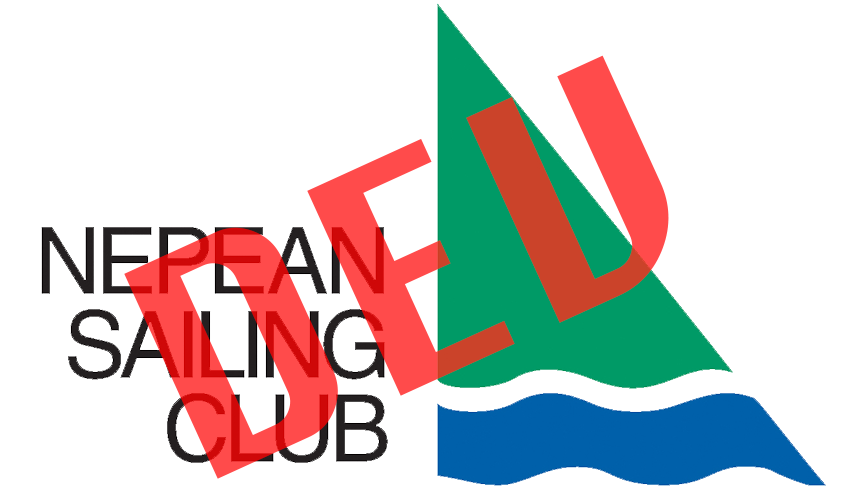The NSC web site uses a category of “UME” for a special type of post. “UME” is short for “Upcoming Major Events”, and these posts appear at the top of the NSC home page within a box titled, appropriately, “Upcoming Major Events”. These events are displayed in chronological order, and it’s expected that normally there would be no more than 2-3 UME posts shown at any given time.
But these “posts”, as used on the NSC web site, are not like other posts, in that they do not have any real content, i.e. there is no information after a “more” statement. In fact, these UME posts are simply links to other posts, pages or sub-webs. They are created as “title posts”, so clicking on the post re-directs the user to another URL. Truly major events, such as major regattas, have their own sub-webs, so the UME post will re-direct the user to that sub-web, e.g. for the NOD, to http://nod.nsc.ca/. Other events may have their own WordPress “page” (e.g. the National Capital Cup Able Sail Regatta), and then the UME post would re-direct to that page. And some events may not have either their own page or sub-web, but just a regular post (e.g. THRASH, so in that case, the UME post would re-direct to the regular post on the same subject.
There are several reasons for separating UME posts from the regular posts. The first one is that, as noted above, UME posts may point to sub-webs or pages, which don’t appear as regular posts. Regular posts appear in reverse chronological order, with the most recently updated post appearing at the top. But for UME posts, we want them to appear in chronological order. Regular posts normally show 3 lines of “teaser” text before the “more” statement, but for UME posts, we only want to show one line of text, to keep the UME box a reasonable size. Regular posts also include a line with the author’s name, the update date, and the categories, which are not displayed for the UME posts.
Also, by separating UME and regular posts, we can add or modify them at different times. For example, the initial regular post for an event may go up a month before the event, but we may only want to add that to the UME events a couple of weeks before the event.
The title and text for a UME post should be different from a regular post. We generally use the format “Event title – date” for regular posts, but for UME posts, the format should be “Date: Event title”. The “teaser” line should also be optimized for one-line of text, and the person adding the UME post should ensure that the text will fit on one line on a standard size screen. “More” statements should not be used with UME posts.
Designating a post as a UME post involves two steps. The first is to check the UME category. Doing so suppresses the display of the post from the home page, much in the same way as expired posts are not displayed. The second step requires login through an Administrator account. In the WordPress Admin left nav bar, click on Settings, Featured Posts, and add the post id to the list, comma separated, in the order in which you want the UME posts to appear. The post id can be found by going to the post edit page, putting your cursor on the post and reading the post=’id’ at the bottom in the URL display line.
For UME posts which refer to another post, the format we are using is to give the UME post the same name, with a -2 appended. For example https://nsc.wmtest.ca/an/blog/thrash-2013/ is the URL for the regular post, and https://nsc.wmtest.ca/an/blog/thrash-2013-2/ is the URL for the UME post. Of course, since the UME post is a title post which re-directs the user to the regular post, most people will never see the UME post, except at the top of the home page, unless they type in the URL with the “-2”.
